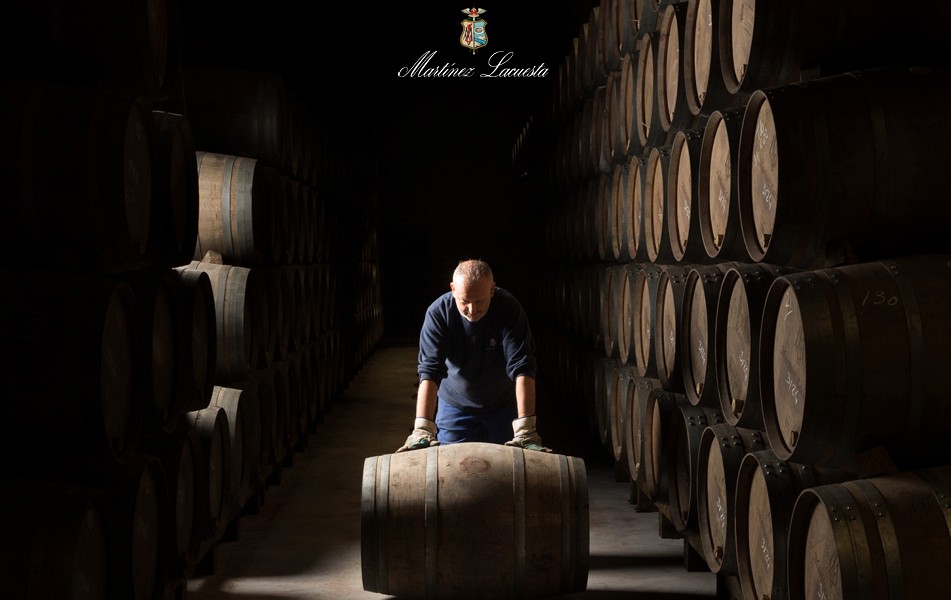Castello di Ama: ‘Chianti can age better than Brunellos and Barolos’
Lorenza Sebasti, the owner of Chianti’s Castello di Ama in Gaiole, believes that top Chianti can age as well as top Brunellos or Barolos, and has a repertoire of library vintages that are ready to be released onto the market to back up her point.
“When people think of ageing Italian wines, they think of Barolos, Barbarescos and Brunellos, not Chianti,” Sebasti exclaimed in dismay.
Convinced that Chianti Classico can be cellared for decades, the winemaker who is also an avid modern art collector has a library of back vintages that can prove her point.
Different from darker coloured Bordeaux, the Sangiovese-dominated Chianti Classico is lighter in colour and takes on a brick-red pigment after a few years of ageing, giving collectors the impression that the wine has passed its prime, when in fact, as Sebasti believes, well-crafted Chianti can stand the test of time.
Speaking of back vintages, the vintner revealed that the wines from the 1980s at the start of the winery’s history are still vibrant.
Comparing the 1980s to a “work in progress” for the winery’s style and managing the estate, particularly in the cellar, she highlighted the fact that the 1985 and 1986 are, to this day, two “magnificent” vintages.
The 1988, a great vintage in Italy, also translated very well in Castello di Ama’s wines, which reminds her of the latest 2018 vintage based on preliminary taste. “So joyful, plentiful, lots of characters,” she said.
The 2018 vintage was “very good,” she said. Despite heavy rainfall during spring, a long and dry summer helped salvage the vintage in both quality and quantity after experiencing a heat-gripped 2017 vintage.
Partner Content
Moving on to the 1990 vintage, a “magical” year as she recalls, Sebasti considers the winery’s single vineyard ‘Bellavista’ from the vintage as one of the best wines produced by the estate under the direction of winemaker Marco Pallanti. “1990 was so perfect,” she concluded.
But one of her personal favourites is the 2001 vintage, she admitted. “I am completely in love with 2001. We had the frost in first of April, and it was very tough we lost really half of the production but the quality of the 2001… The vines lost much of their production but it’s so concentrated, so strong, and it’s a natural good harvest,” she explained.
In more recent vintages, she advised that 2011 and 2014 vintages are two less-appreciated vintages that can age very well.
The winery has just released its latest 2015 vintage of ‘San Lorenzo’, 2013 ‘L’Apparita’ and 2013 ‘La Casuccia’ in Hong Kong via its importer Enoteca.
But speaking of expanding its export market in Asia, the vintner stated she’s not after a speedy expansion at all. Instead, she stressed about patience, knowledge and education “because Italian wines are so special, every plot, every vineyard has a story, and it’s our duty to talk and share”.




